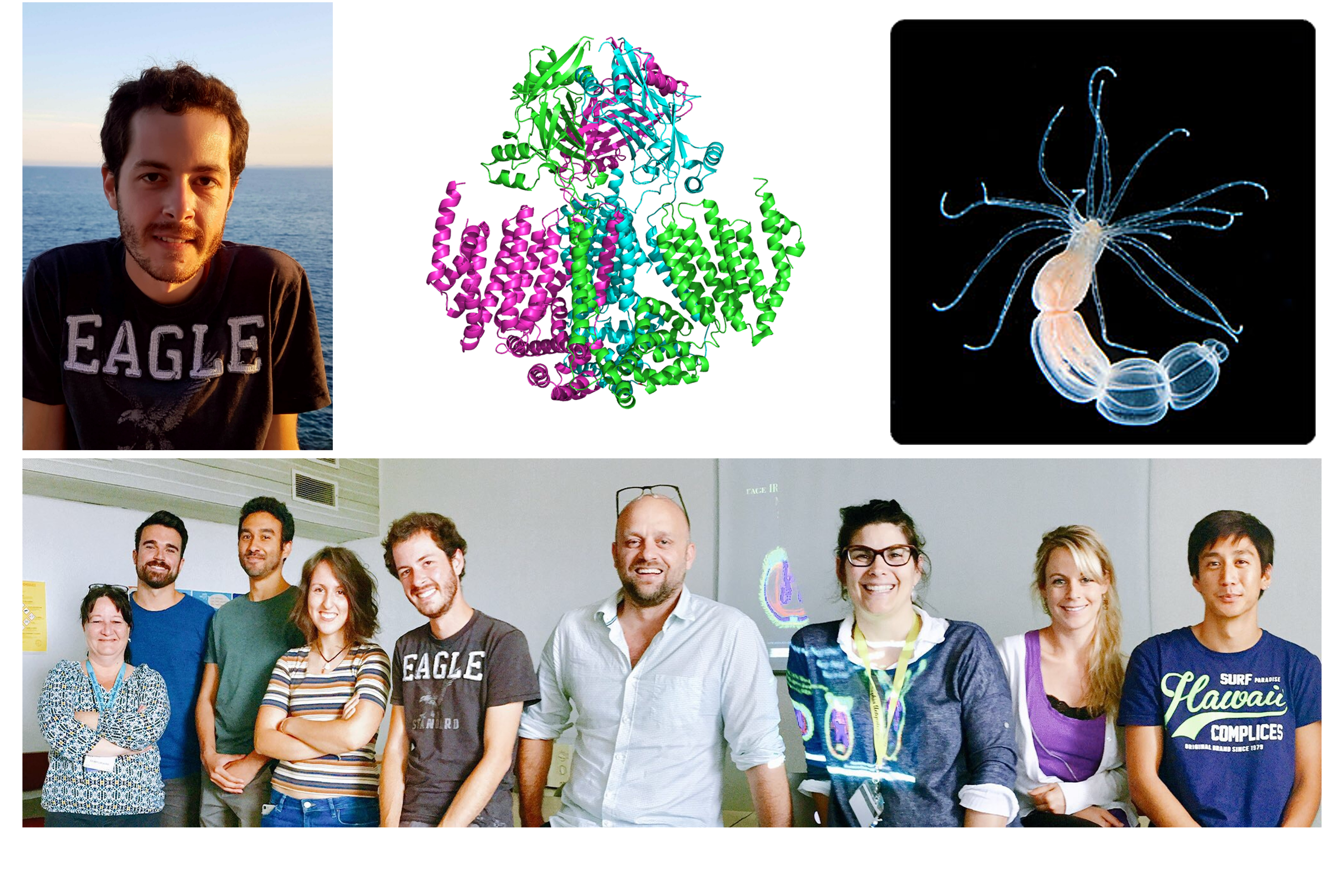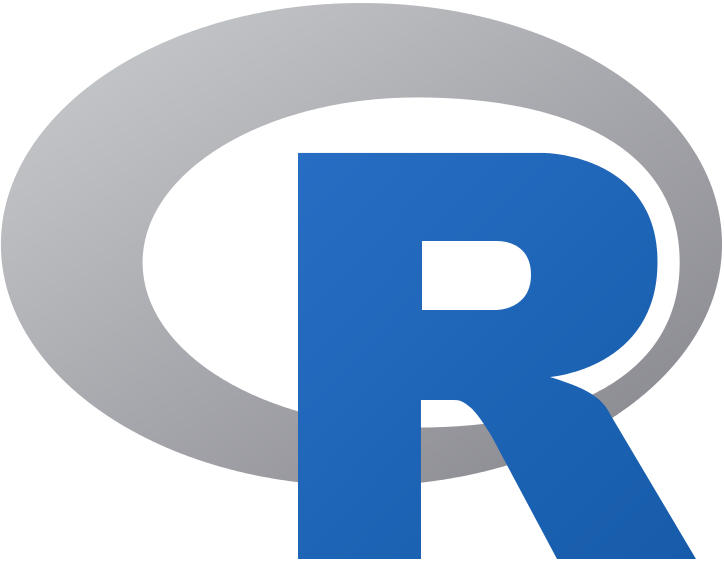About Me

I am a recent graduate living in the south of France. As a student, I studied Bio-informatics and developed tools to enable data visualisation and processing. Feel free to check out some of my work on my GitHub Page. Although I am foremost a Bioinformatician, I also really enjoy working at the bench and carrying out experiments. In the future I hope to orient my work to bridge the divide between wet lab and informatics.
When I'm not in the lab, I enjoy traveling and playing sports. My love for travel has instilled in me a taste for adventure and as a side effect I have become proficient in the english language. My passion for sports has made me appreciate teamwork and leadership. On any given week-end you can find me playing baseball with the Nice Cavigal team or hiking in the Mercantour.
Have some questions ? I'd be please to discuss any subject ! Just send an email to : guerlaisvincent.wk\a/gmail.com






